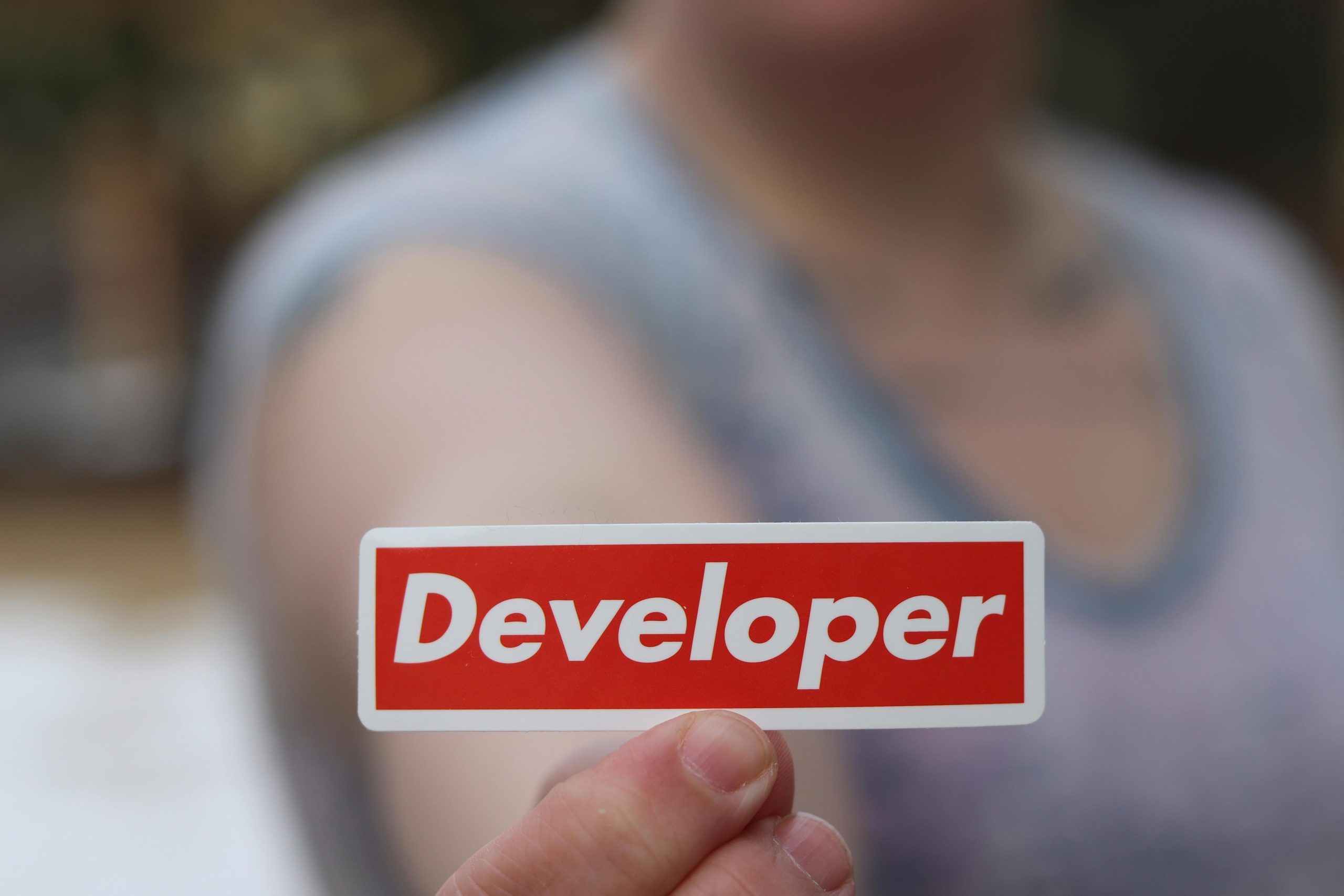Optimizing Electron Applications for Low Memory Usage with SvelteKit and GraphQL
In the realm of desktop application development, Electron has become a popular choice due to its ease of use and cross-platform capabilities. However, many developers encounter significant performance issues, particularly excessive RAM consumption and sluggish responsiveness. Recent development efforts have demonstrated that with thoughtful optimization, Electron apps can be both lightweight and highly performant.
A Case Study in Electron Optimization
The core insight is that many Electron-based applications suffer from performance bottlenecks primarily due to frequent, resource-intensive repaint cycles within the Chromium rendering engine. These unnecessary repaints can be minimized by carefully controlling animation techniques—they should rely solely on CSS transforms and opacity changes, which are GPU-accelerated and cost-effective. Additionally, enabling background throttling features can dramatically reduce background tab or window resource usage, freeing up valuable system resources for smoother operation.
The power of these optimizations becomes evident when integrating features like 3D animations, sophisticated CSS effects such as glow filters on images and videos, and other visual enhancements without burdening system memory.
Choosing the Right Framework and Stack
For the frontend framework, SvelteKit was selected due to its minimal overhead and efficient reactivity system, contrasting sharply with traditional heavier frameworks like React—examples such as Discord illustrate how React-based Electron apps can consume upwards of 800MB of RAM just for JavaScript processing.
The application’s architecture is built with TypeScript adhering to an exceptionally strict ESLint configuration to ensure code quality and consistency. State management and data fetching are handled via GraphQL, utilizing libraries like urql and gql.tada for robust offline caching and entity normalization. This setup allows the app to operate seamlessly offline, offering a reliable user experience regardless of network connectivity.
UI components are primarily constructed with Shadcn’s Svelte UI library, ensuring a cohesive and modern interface.
Performance-Optimized Processing
A significant portion of the workload runs within Electron’s utility process—an isolated Node.js worker environment—coupled with sophisticated inter-process communication (IPC) mechanisms. This separation ensures that resource-intensive operations do not impede the main rendering thread, resulting in a smoother user experience.
Advanced Features and Enhancements
Beyond core functionality, the application boasts several innovative features. Notably, the custom video player includes a dedicated subtitle management system, OpenGL shader-based video artifact removal for higher visual fidelity, and other specialized components that leverage hardware acceleration for optimal performance.
In conclusion, creating a low-memory, high-performance Electron application is

